
Lavender and clotted cream cake with lemon icing
- Published: 4 Apr 23
- Updated: 25 Mar 24
This lavender and clotted cream cake is made rich and moist with ground almonds, and brought to life by a lemon icing.
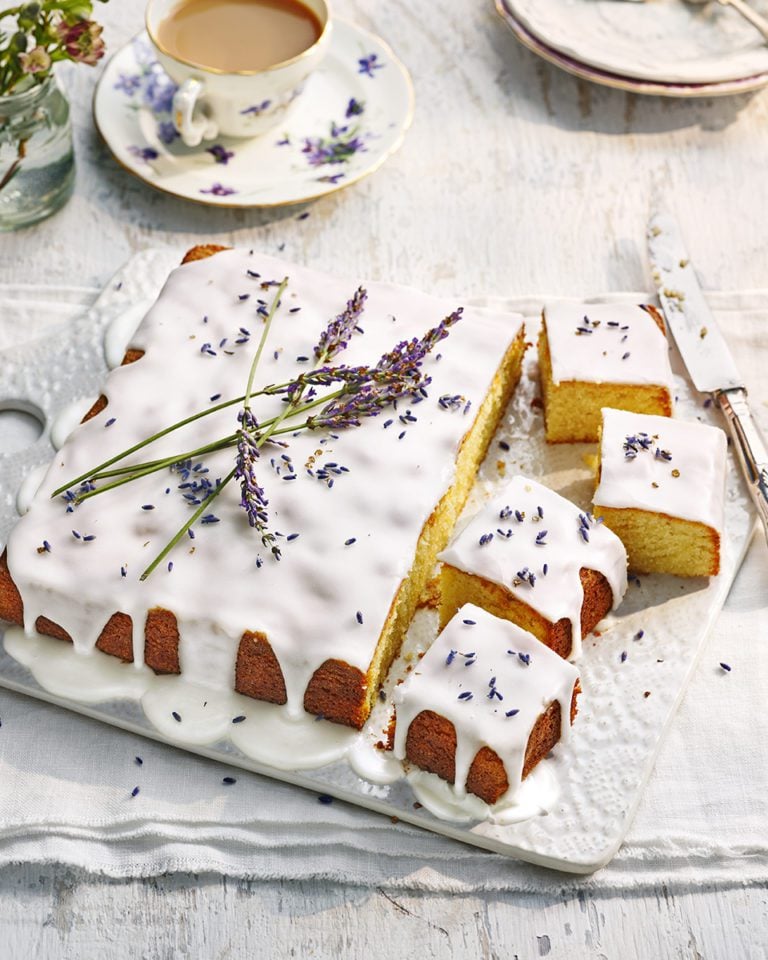
If lavender in desserts is something you love, try it in our lemon and blueberry roulade.
-
Serves 16
-
Hands-on time 25 minutes, oven time 45 minutes
Ingredients
- 190g caster sugar
- 3 large free-range eggs, separated
- 227g tub clotted cream
- 90g unsalted butter, melted and cooled
- 1/2 tsp natural lavender flavouring or extract (available from Castle Farm Kent)
- 100g self-raising flour
- 200g ground almonds
For the glacé icing
- 250g icing sugar
- Juice 1-2 lemons
- Culinary lavender buds, for decoration (available from Castle Farm Kent)
You’ll also need
- 20cm square brownie tin, oiled and base lined with compostable baking paper
- Electric mixer
Method
- Heat the oven to 180C/160C fan/gas 4. Put the sugar and egg yolks in a large mixing bowl and the whites into a separate medium bowl. Using an electric mixer, beat the yolks and sugar together for 2 minutes until they form a thick ribbon on the surface of the mixture when you lift the whisk – because of the high sugar to egg ratio they won’t go properly moussey but the mixture will change colour and texture. Beat in the clotted cream briefly, then beat in the butter and lavender extract in a thin stream just until combined.
- Mix the flour with the almonds and a large pinch of salt, then clean your beaters and whisk the egg whites to stiff peaks. Using a metal spoon, fold the flour and almond mixture into the batter in two additions, using a figure of eight motion. If the mixture gets too stiff to fold properly, add a spoonful of the egg whites. Once all the flour/almonds has been added, very gently fold the egg whites through in thirds, using the same figure-of-8 motion and being careful not to knock the air out of the mixture.
- Gently transfer the mixture to the prepared tin, level the top and bake in the oven for 45-50 minutes, until risen and golden, and a skewer inserted into the middle comes out clean. Remove from the oven, cool in the tin for 5 minutes, then invert onto a wire rack and leave to cool completely (see Make Ahead).
- Once the cake is cool, sift the icing sugar into a medium mixing bowl, then add juice of 1 lemon. Stir to combine and if you think it needs it, add a little more lemon juice – the mixture needs to look thicker than you think it should and hold its shape for a good few seconds after being stirred. Tip over the top of the cake and smooth it over so it drips gently down the sides. Leave for about an hour to set, then decorate with lavender buds and serve. If you’re making it in advance, decorate at the last minute.
- Recipe from July 2020 Issue
Nutrition
- Calories
- 349kcals
- Fat
- 21.9g (9.5g saturated)
- Protein
- 5.1g
- Carbohydrates
- 35.1g (29.7g sugars)
- Fibre
- 0.3g
- Salt
- 0.1g
delicious. tips
The cake will keep in an airtight container at room temperature for up to 3 days, and it’s best the day after it’s baked. You can also freeze the undecorated sponge, well wrapped, for up to 1 month.
Almost all lavender can be used in the kitchen as long as it’s been grown without the use of chemicals. The most common are the group known as the English lavenders – lavandula angustifola, to give them their proper name. These are probably the first ones you think of when you picture lavender plants: long grey-green stems with slender flower heads on top.
You can buy culinary lavender buds, but they’re easy to make at home if you have the plants in your garden. Snip the stems at the height of their bloom, tie together and hang upside down inside for a week or two until dried out, then carefully pull off the buds and store in airtight jars. You can use the fresh heads straight off the plants in salads or to decorate cakes and drinks, but drying them gives a more fragrant flavour and a better texture to eat. If you’re lucky enough to be able to dry your own that’s great, but if not it’s easy to get your hands on these lavender products.
Buy ingredients online
Rate & review
Rate
Reviews
Share a tip
Subscribe to our magazine
Food stories, skills and tested recipes, straight to your door... Enjoy 5 issues for just £5 with our special introductory offer.
Subscribe
Unleash your inner chef
Looking for inspiration? Receive the latest recipes with our newsletter


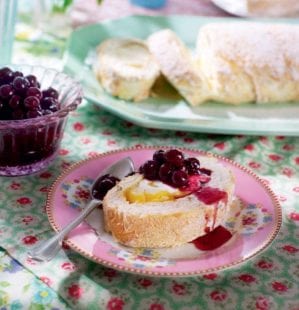


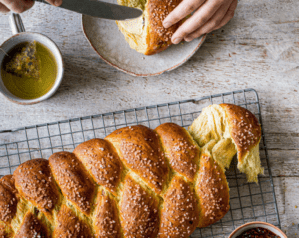
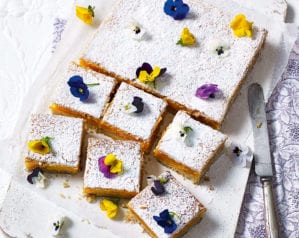
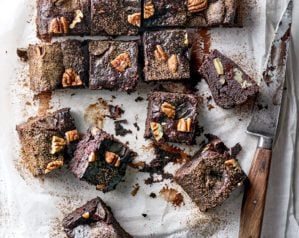



Not sure if I have overlooked but what size baking pan is required?
Hi Debs, sorry for the omission, this has now been corrected. You’ll need a 20cm square brownie tin. Thanks!